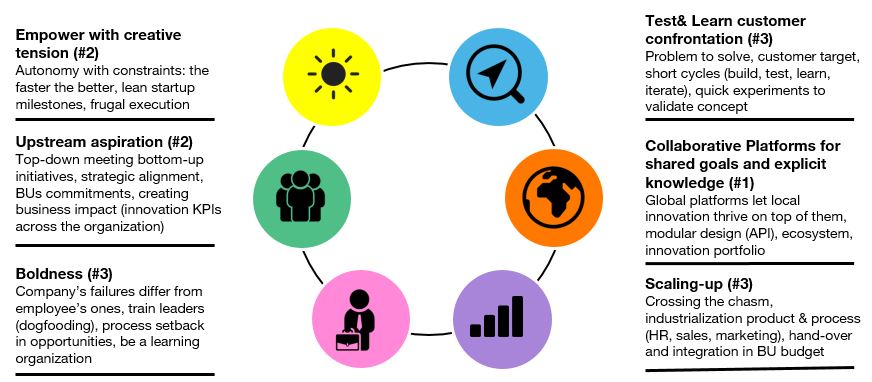Renewable Sources and Sustainability

GUEST POST from Chateau G Pato
In an era where the threats posed by climate change are ever increasing, the discussion surrounding renewable energy and sustainability has never been more vital. Traditional fossil fuels have proven to be both environmentally destructive and finite. As a result, the shift toward renewable energy sources is not just a trend, but a critical necessity for our global future. This article delves into the promising possibilities offered by renewable energy and highlights key case studies that are leading the way.
Understanding Renewable Energy
Renewable energy sources are those that can be replenished naturally over short periods of time. Unlike fossil fuels, these energy sources are sustainable and have minimal environmental impact. Here are some of the most notable types of renewable energy:
- Solar Power
- Wind Power
- Hydropower
- Geothermal Energy
- Biomass Energy
Case Study 1: Solar Power in Germany
Germany has emerged as a global leader in solar energy adoption. The country’s Energiewende (Energy Transition) policy aims to move away from fossil fuels and nuclear energy, embracing renewables as the backbone of the nation’s energy future.
Key Strategies
- Feed-in Tariffs: Germany implemented feed-in tariffs to encourage investment in solar power. This policy guarantees a fixed premium rate for electricity generated from solar energy.
- Investment in R&D: The government has heavily invested in research and development, facilitating innovation in solar technology that has reduced costs and increased efficiency.
- Community Participation: Solar cooperatives and community-led projects have spread across the country, ensuring local involvement and benefits from renewable energy projects.
Outcomes
- Germany now boasts one of the highest solar capacities in the world, with solar energy contributing significantly to the national grid.
- The country has seen substantial job creation within the renewable energy sector, along with reduced greenhouse gas emissions.
Case Study 2: Wind Power in Denmark
Denmark has exemplified the effective utilization of wind power. With the ambitious goal to be fossil fuel-free by 2050, the country is revolutionizing its energy landscape through innovative policies and investments.
Key Strategies
- Government Support: Strong governmental backing has been crucial, with policies in place that support wind energy development both onshore and offshore.
- Wind Turbine Manufacturing: Denmark is home to leading wind turbine manufacturers who have driven down costs and improved technology through scale and innovation.
- International Collaboration: The country is actively involved in international projects and collaborations, sharing knowledge and technology.
Outcomes
- Wind power accounts for a significant portion of Denmark’s electricity production, often meeting more than 40% of the country’s total electricity needs.
- The nation is recognized as a center for wind energy expertise, contributing to a global reduction in carbon emissions.
The Path Forward
While significant progress has been made, challenges remain. The initial cost of renewable energy infrastructure, the need for technological advancements, and the integration of renewables into existing grids are barriers that must be overcome. However, the socio-economic and environmental benefits make the pursuit of renewable energy non-negotiable.
Future Actions
- Continued Investment: Governments and the private sector must continue to invest in renewable energy technologies and infrastructure.
- Policy Support: Strong, consistent policies that support renewable adoption will be crucial for continued growth.
- Public-Private Partnerships: Collaborations between public institutions and private enterprises can drive innovation and bring renewable projects to fruition.
- Education and Awareness: Educating the public and stakeholders about the benefits and possibilities of renewable energy can foster greater acceptance and adoption.
The future of energy lies in our ability to embrace renewable sources and create sustainable systems. By learning from successful case studies and ensuring commitment at all levels, we can build a cleaner, more resilient energy future for all.
SPECIAL BONUS: The very best change planners use a visual, collaborative approach to create their deliverables. A methodology and tools like those in Change Planning Toolkit™ can empower anyone to become great change planners themselves.
Image credit: Unsplash
![]() Sign up here to get Human-Centered Change & Innovation Weekly delivered to your inbox every week.
Sign up here to get Human-Centered Change & Innovation Weekly delivered to your inbox every week.











